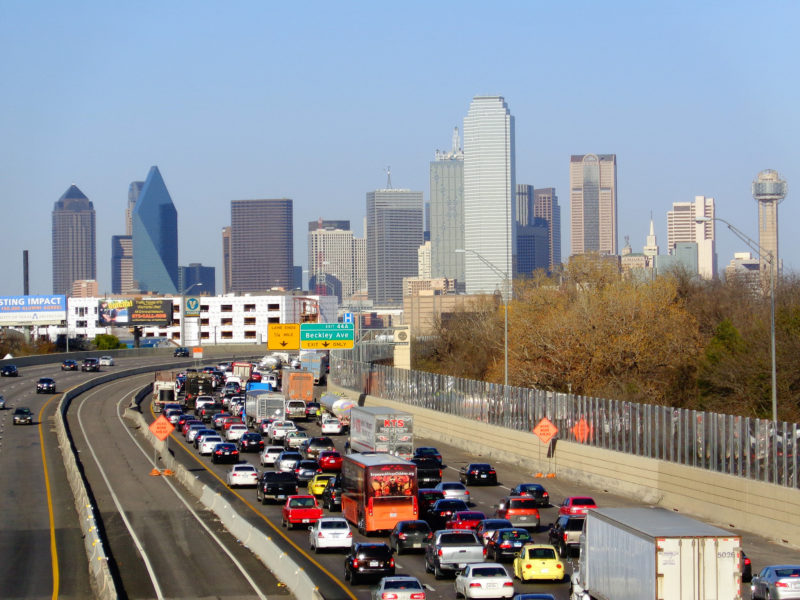You probably can’t remember a time when you didn’t hit traffic on your drive home. There are few things in life more mentally exhausting than being stuck in gridlock after a long day – maybe some fighting or crying kids in the back. It’s easy to waste a lot of energy being frustrated.
The Texas A&M Transportation Institute and Texas Department of Transportation have pinpointed the 100 most congested roadways in the state. If you’re in Dallas, Austin or Houston you know which roads we’re talking about: I-35 and Highway 10 always rank up there.
But for every hour of heavy traffic on our roads, there are hours when cars and trucks fly over the roads at some of the highest speeds in the country. For some engineers, congested roads may be more than just a hassle – they could offer a way to produce energy.
Samer Dessouky, an associate professor of civil engineering at the University of Texas at San Antonio, says congested roads could be used to generate electricity. He’s written a proposal to the Texas Department of Transportation to install sensors in the pavement of highways that capture energy from vehicles driving over. Here’s what he had to say.
On the potential of this technology:
“Our research is about harvesting energy, transferring that energy into electric power. We could use that for street lighting, power for traffic lights, and obviously we’re hoping we can use that also charging electric vehicles in the future.”
On the inspiration behind the proposal:
“The major problem (at) TxDOT is the lack of funding for spending on maintaining our roadway infrastructures…. The revenues from gas and fuels is gonna get less in the future. So there’s got to be some other way to look into other alternatives, how we can make those roadways generate its own revenues from the driving of the vehicles, and taking advantage of the huge traffic we’re seeing now on the roads.”
On the potential savings for TxDOT:
“We’re also looking into another idea that we could take advantage from those devices, which is basically sensing properties of the roads and traffic information as we install those devices in the pavement. So, it is not just the harvesting technology. It’s a sensing technology at the same time. These data that we can get from those sensing materials could provide lots of data to TxDOT that they usually spend millions of dollars to collect.”















